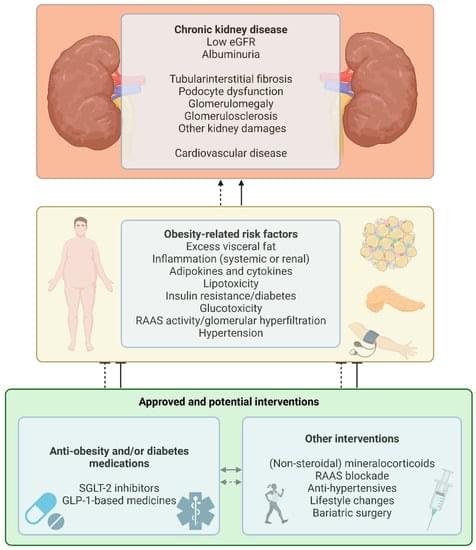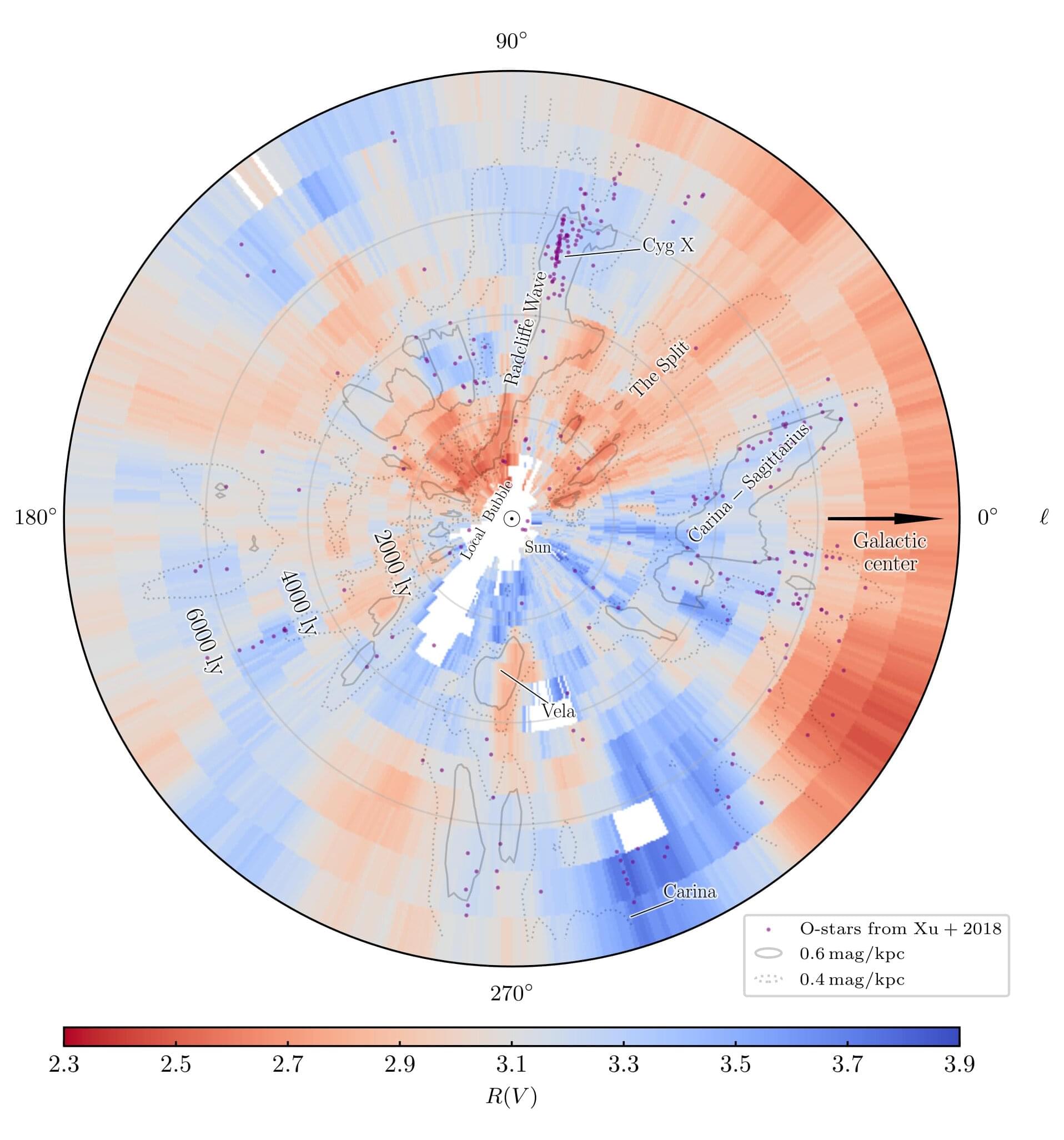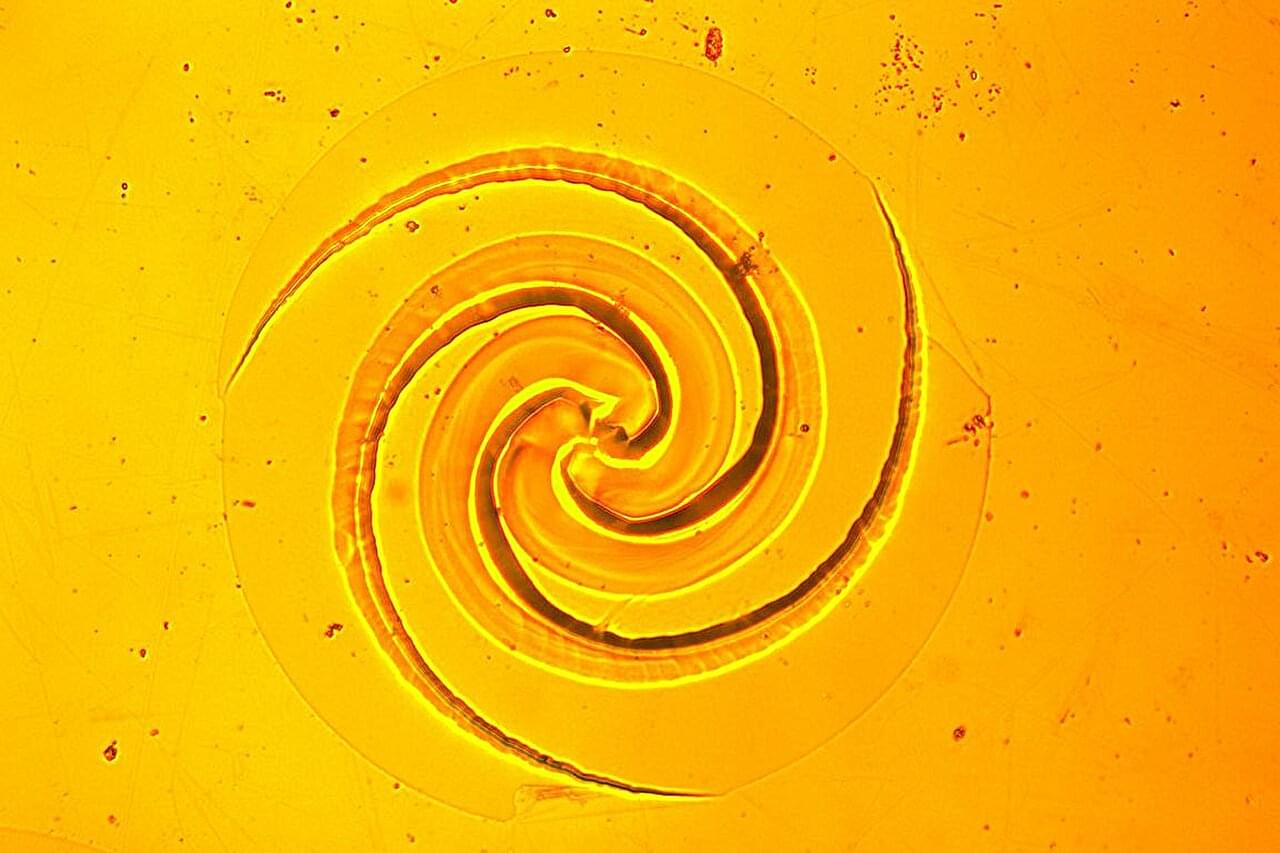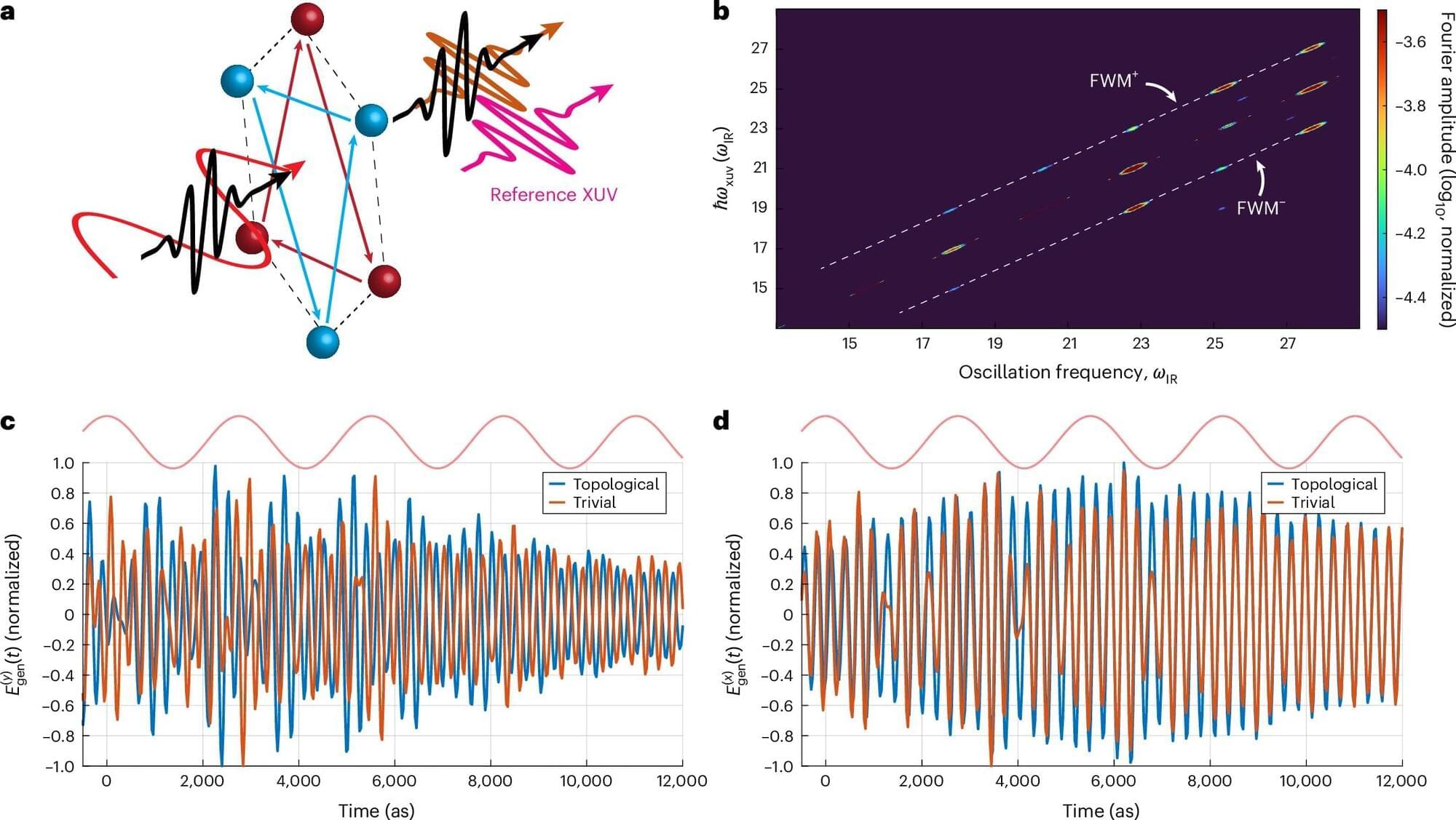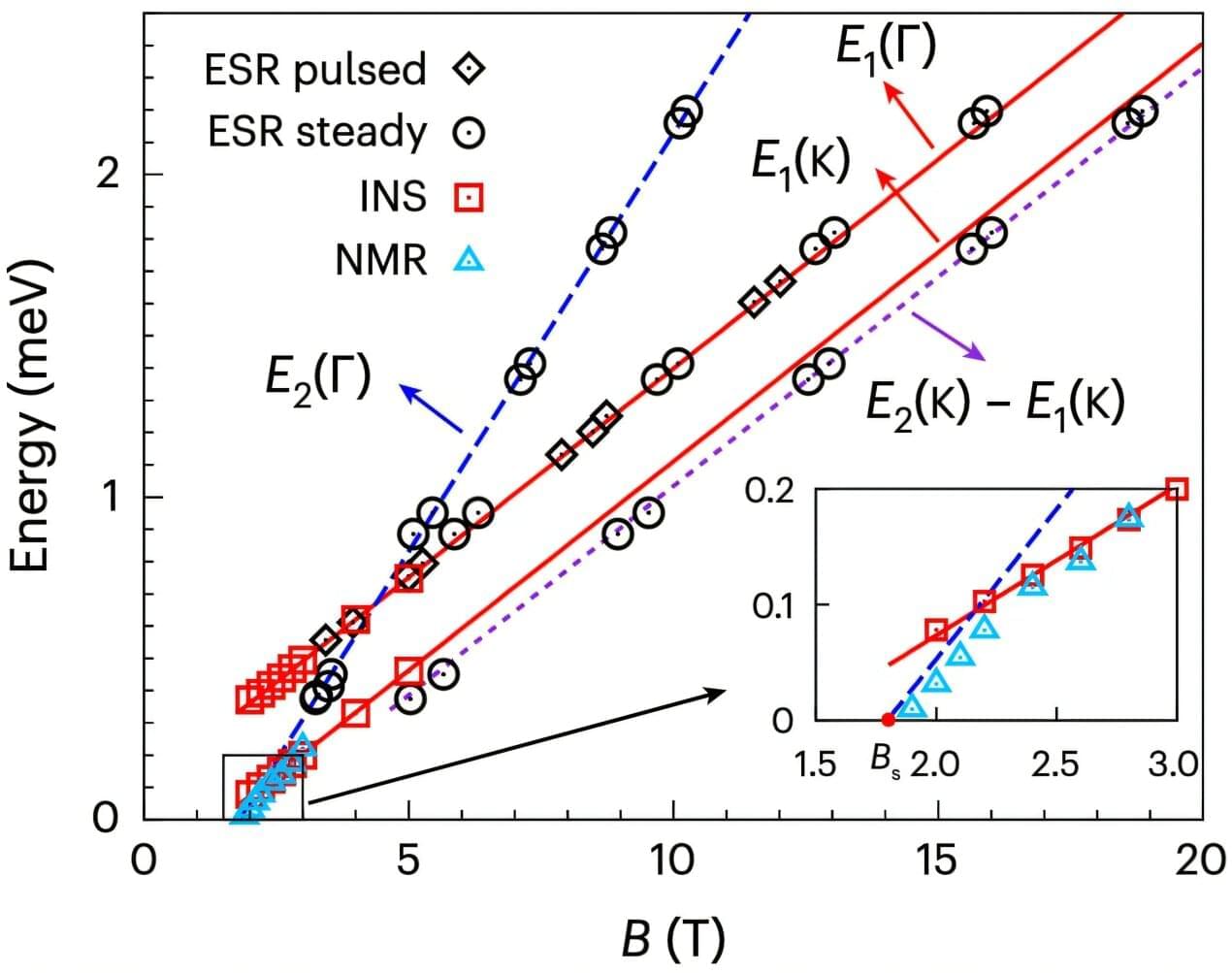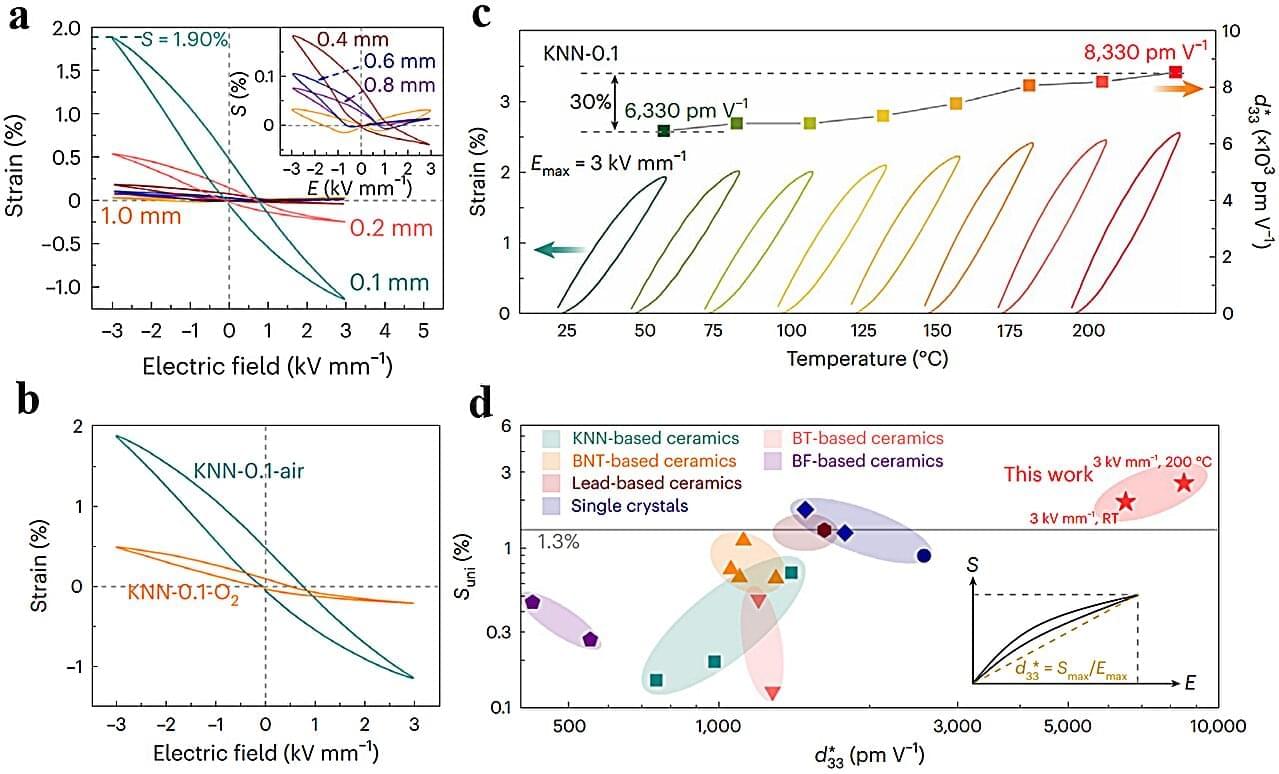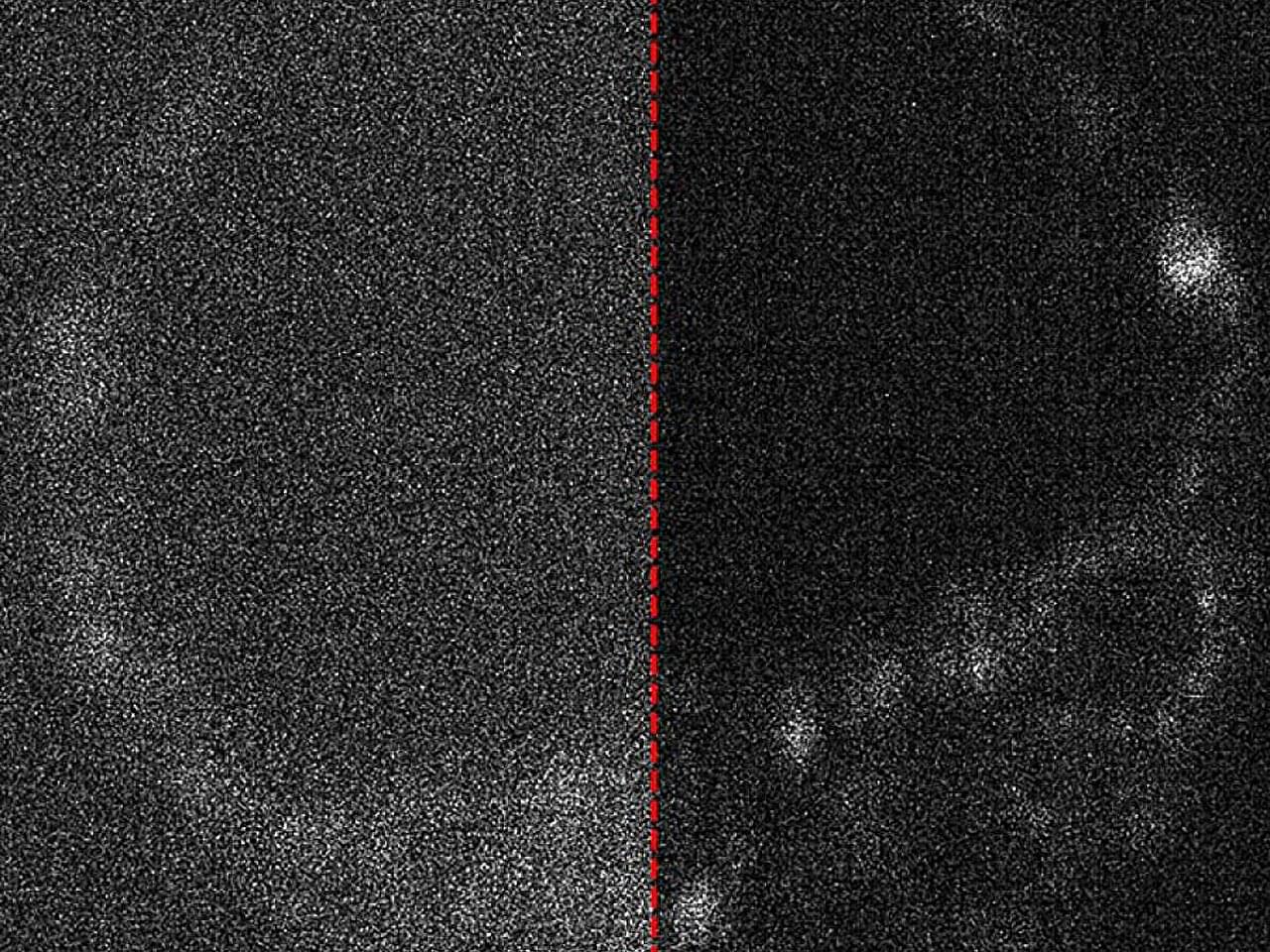— Kreiner, et al.
In this article, the authors review the current understanding of obesity-related kidney disease and focus on the intertwined cardiometabolic abnormalities, which, in addition to obesity and diabetes, include risk factors such as hypertension, dyslipidemia, and systemic inflammation.
Full text is available
Obesity is a serious chronic disease and an independent risk factor for the new onset and progression of chronic kidney disease (CKD). CKD prevalence is expected to increase, at least partly due to the continuous rise in the prevalence of obesity. The concept of obesity-related kidney disease (OKD) has been introduced to describe the still incompletely understood interplay between obesity, CKD, and other cardiometabolic conditions, including risk factors for OKD and cardiovascular disease, such as diabetes and hypertension. Current therapeutics target obesity and CKD individually. Non-pharmacological interventions play a major part, but the efficacy and clinical applicability of lifestyle changes and metabolic surgery remain debatable, because the strategies do not benefit everyone, and it remains questionable whether lifestyle changes can be sustained in the long term.
